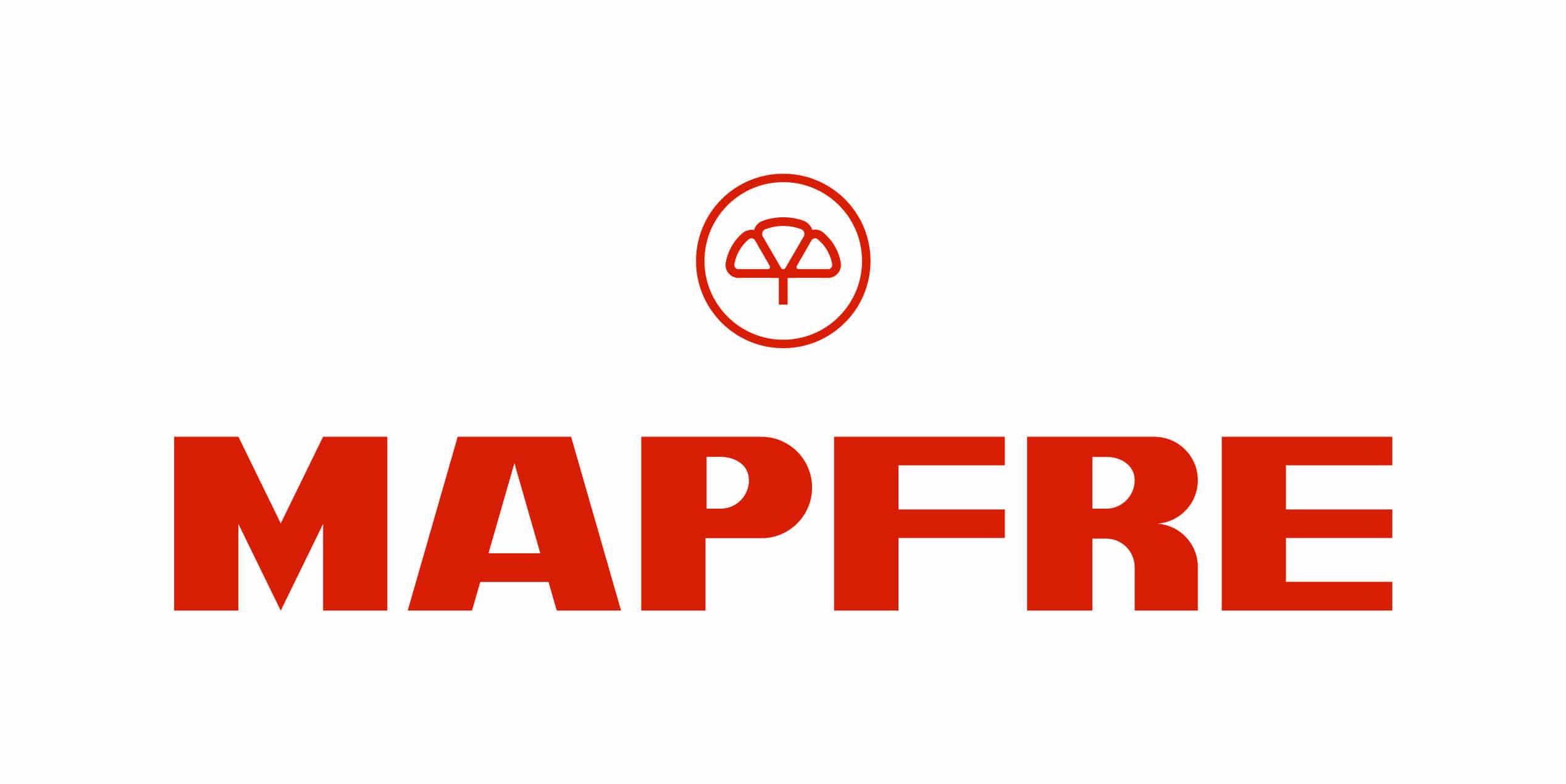How audience segmentation was key to creating a successful data-informed campaign
![How audience segmentation was key to creating a successful data-informed campaign [Case Study]_-1 How audience segmentation was key to creating a successful data-informed campaign [Case Study]_-1](https://resources.audiense.com/hs-fs/hubfs/Imported%20sitepage%20images/How%20audience%20segmentation%20was%20key%20to%20creating%20a%20successful%20data-informed%20campaign%20%5BCase%20Study%5D_-1.png?width=1920&height=1080&name=How%20audience%20segmentation%20was%20key%20to%20creating%20a%20successful%20data-informed%20campaign%20%5BCase%20Study%5D_-1.png)
About MAPFRE
MAPFRE is a global insurance company with a worldwide presence. It is the benchmark insurer in the Spanish market and the largest Spanish multinational insurance group in the world. The company is the third largest insurance group in Latin America and is the sixth in Europe by Non-Life premium volume. MAPFRE employs more than 34,000 professionals and in 2019, the company’s revenues totaled almost 28.5 billion euros, with net earnings of 609 million euros (+15.2%).

The Challenge
The main challenge was to create a methodology that could be replicated across markets, languages and business questions.
In big organisations, innovation comes with challenges. When things have been done in a specific way for many years, it takes time to invoke change.
MAPFRE understands that mass broadcasting to consumers is no longer working.
They were inundating customers with generic content, assuming they knew what their customers liked and treating them as a homogenous mass.
However, customers want to be in the centre, they want to be treated as unique and be engaged with by the brand.
In recognition of this, MAPFRE looked to improve their customers’ experiences, but first, they had to better understand their clients, with the help of London-based business intelligence and insights agency Convosphere.
The Solution
Using a three-stage methodology covering audience segmentation, profiling and, finally, activation and messaging, Convosphere was able to give MAPFRE a deep understanding of their audiences.
1. Audience identification and segmentation - MAPFRE wanted to understand Millennials in Pennsylvania, US, grouped by significant milestones in their lives, such as getting married, buying a home or becoming parents. Using Audiense’ social consumer segmentation, the company was able to identify six segments based on their gender and marital status. After manually reviewing each group, their conversations over the last six months were tracked using Brandwatch.
2. Profiling - Using Audiense, each audience group was profiled based on their unique personality traits, needs and values. The agency also included information about their online behaviours. Using Brandwatch, they identified the topics that were of most interest and their relevance by each segment.
3. Audience activation and messaging - The final outcome showed the most relevant products and message types for each segment after combining personalities, user profiles and conversational data. All this information was key to running a data-informed campaign: the content development team created different messages and images that matched each segment’s content preferences, interests and personality.
The Results
After three months of testing the different versions of the ads (personalised and non-personalised), these were the key takeaways:1. Posting personalised messages and segmenting audiences drove higher engagement on Facebook. On Twitter, they saw similar results, albeit slightly higher on commercial messages. However, the piece with the highest engagement rate was one of the personalised ones (2.65% ER vs. 2.27% ER top non-personalised piece).
2. They also observed how CPC and CPE decreased when targeting people based on their interest with a personalised message, generating similar CPE to that of general audiences. This allowed for personalised messaging per audience cluster in a more cost-effective way.
3. In terms of conversion rate, they did not observe a significant difference between the results from the message types.
How is MAPFRE acting on these findings?
- The company will continue to use personalised messaging on niche audiences to drive engagement and brand awareness, especially on Facebook.
- MAPFRE will keep defining messages per niche audiences based on their interest in every stage of their journey.
- However, they will revert to less-personalised campaigns when sending broader promotional and sale-related messages.
-1.jpeg)
The second aspect is the ability to grasp nuances. We combined technology and experienced local analysts, who understand the context, using their reasoning, judgement and discretion.
Social data is more than just mentions of a topic. Every profile leaves a public footprint comprising a varied series of data points or metadata. At Convosphere, we understand the audience segmentation from a holistic point of view, mashing consumers’ digital behavioural, attitudinal and interest data.”

Tamara Lucas
Associate Director | Convosphere


